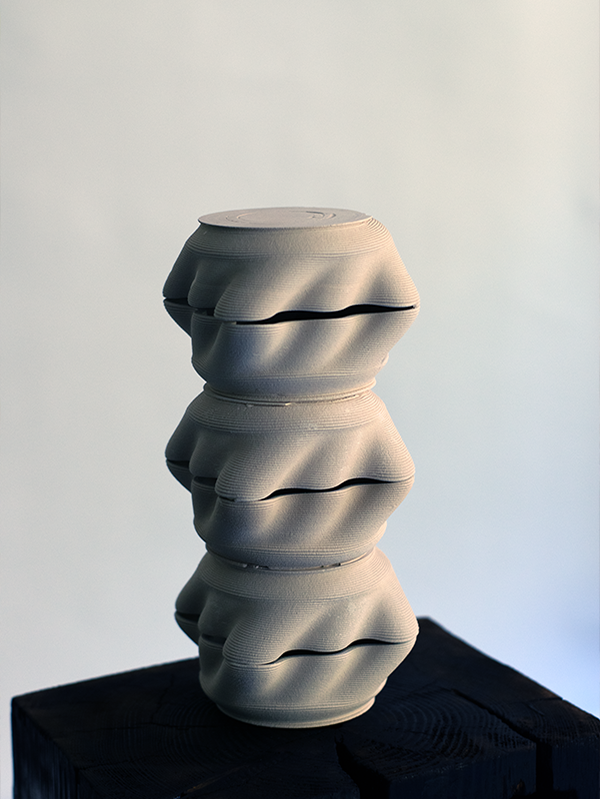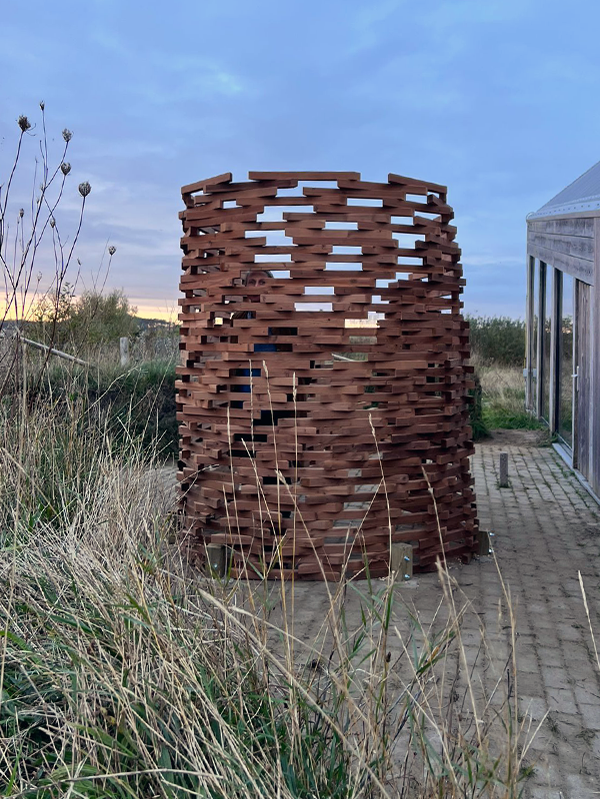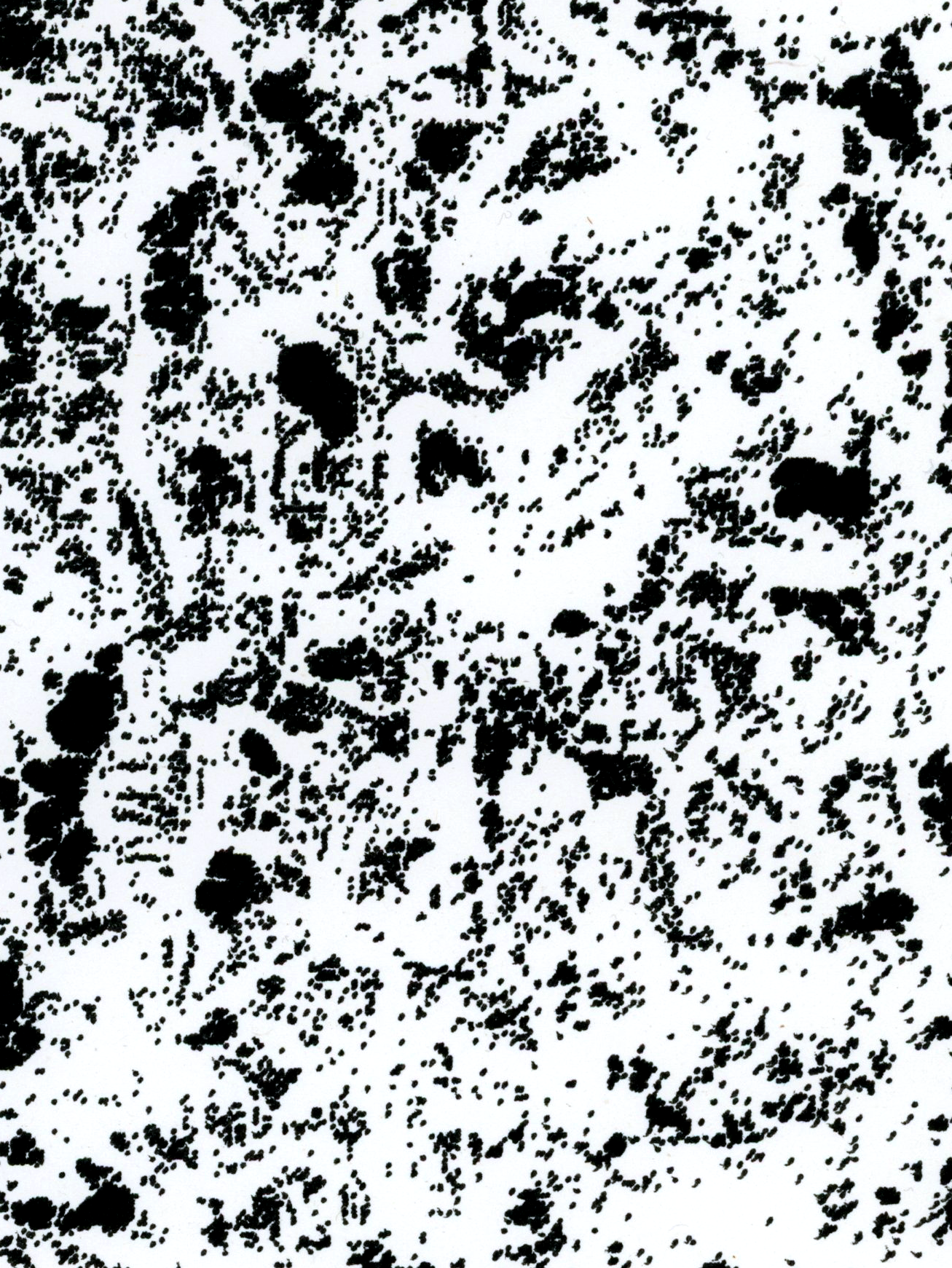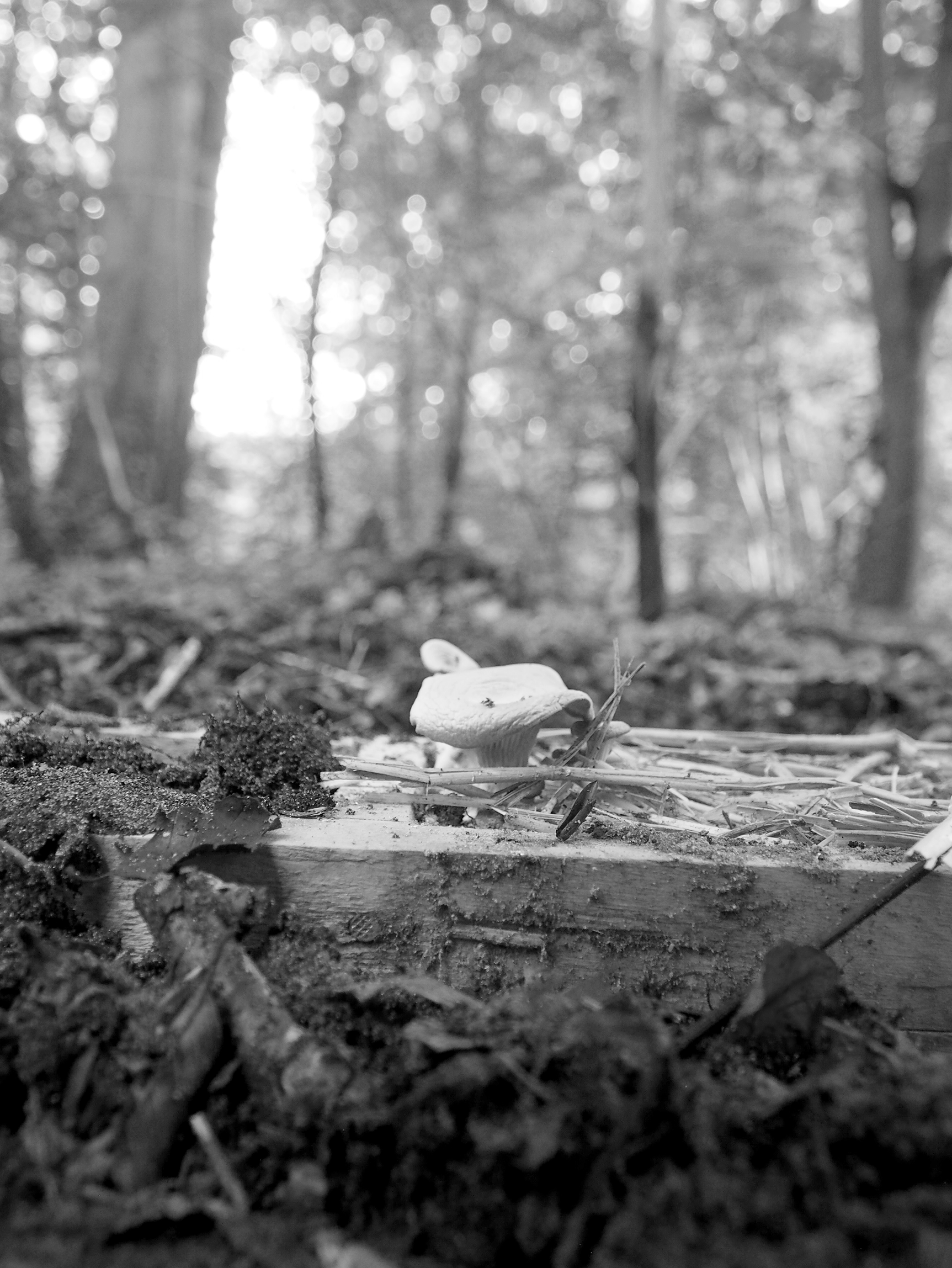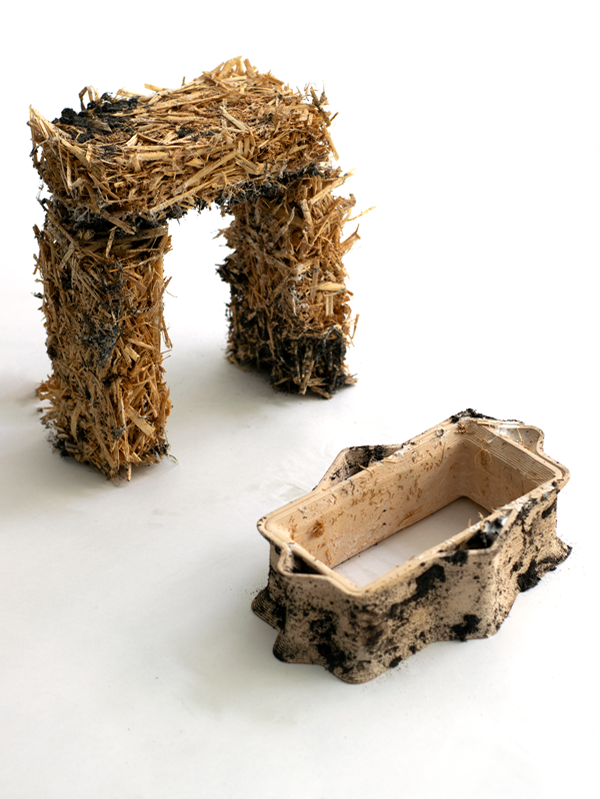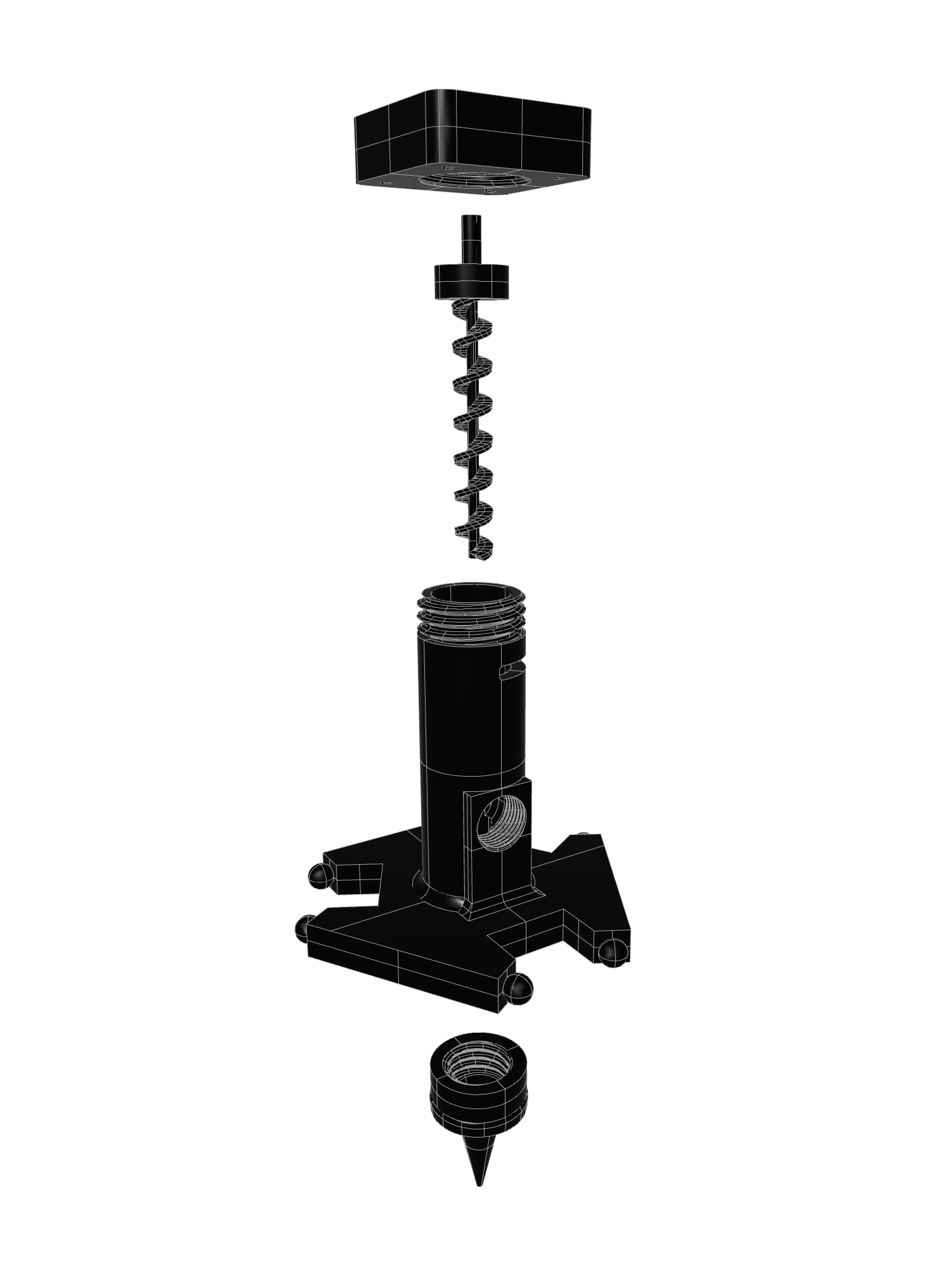What
Cord Craft Revisited explores the intersection of digital design and manual craft through a traditional technique that has resisted automation. Cord weaving a chair seat involves a continuous series of small, variable hand movements, requiring constant awareness of the frame, tension, and pattern. Unlike many digital textile processes that prioritize automation, this project retains the human element, digitizing only the desired outcome: the ability to translate a digital image into a physical woven surface.
Why
While digital textile production is often celebrated for its precision and automation, what is truly valued is its capacity to materialize a digital image onto fabric. This project questions the necessity of full automation, especially when it strips away the craft’s essence. Instead of automating the entire process, the project preserves the inherently patient, attentive nature of chair weaving. It repositions the maker—not as a passive overseer of machines—but as a crucial interpreter of digital input, reinforcing the tactile intelligence of the human hand.
While digital textile production is often celebrated for its precision and automation, what is truly valued is its capacity to materialize a digital image onto fabric. This project questions the necessity of full automation, especially when it strips away the craft’s essence. Instead of automating the entire process, the project preserves the inherently patient, attentive nature of chair weaving. It repositions the maker—not as a passive overseer of machines—but as a crucial interpreter of digital input, reinforcing the tactile intelligence of the human hand.
How
Using a custom Grasshopper script, an image is translated into a set of weaving instructions tailored to the dimensions of a specific chair frame. The script determines where to weave over and under the weft, effectively transforming pixel data into physical gestures. These instructions are followed by hand, maintaining the core of the craft while integrating a new layer of digital complexity. The result is a woven chair seat that embodies both algorithmic logic and human presence—each strand a negotiation between code and patience.
Using a custom Grasshopper script, an image is translated into a set of weaving instructions tailored to the dimensions of a specific chair frame. The script determines where to weave over and under the weft, effectively transforming pixel data into physical gestures. These instructions are followed by hand, maintaining the core of the craft while integrating a new layer of digital complexity. The result is a woven chair seat that embodies both algorithmic logic and human presence—each strand a negotiation between code and patience.
